How to Seal and Insulate Your Garage for Year-Round Protection
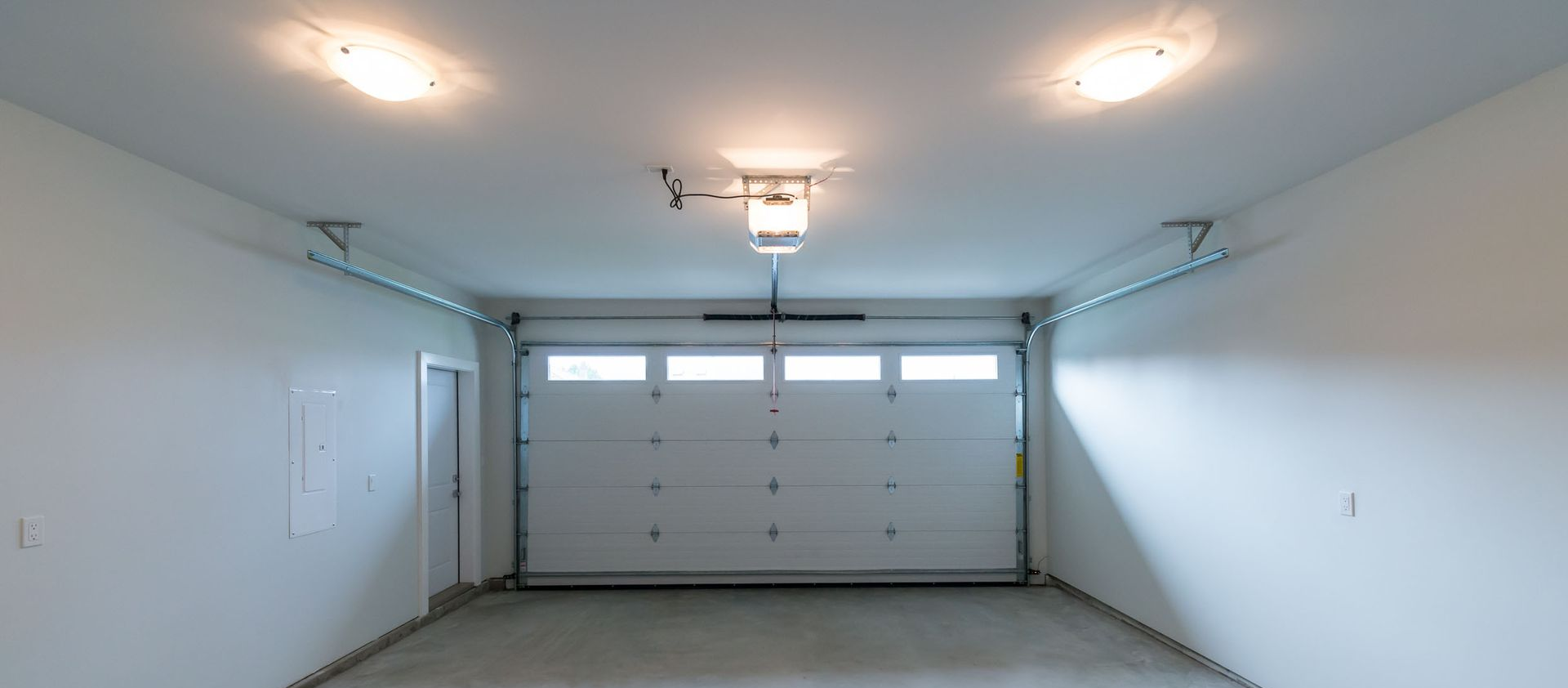
Sealing Gaps and Cracks in Your Garage
Insulating Your Garage Walls and Ceiling
Proper insulation is crucial for maintaining a comfortable temperature in your garage and
preventing excessive heat or cold transfer. Insulating your garage walls and ceiling can also
contribute to energy savings by reducing the strain on your home's heating and cooling
systems.
Here are some insulation options to consider:
1. Fiberglass batt insulation: This is a popular and cost-effective option for insulating
garage walls and ceilings. Fiberglass batt insulation is available in various thicknesses
and R-values to suit your specific needs.
2. Rigid foam insulation: Rigid foam insulation boards, such as extruded polystyrene
(XPS) or polyisocyanurate, provide excellent insulation properties and can be easily
installed on garage walls and ceilings.
3. Spray foam insulation: For a seamless and airtight insulation solution, consider using
spray foam insulation. This option can be applied directly to the walls and ceiling, filling
even the smallest gaps and crevices.
4. Radiant barrier insulation: Radiant barrier insulation is designed to reflect radiant heat,
helping to keep your garage cooler in warm climates.
When installing insulation, be sure to follow the manufacturer's instructions and local building
codes. Proper installation is crucial for maximizing the insulation's effectiveness and ensuring
long-lasting performance.
Stay tuned for next weeks post, where we go over weather stripping!
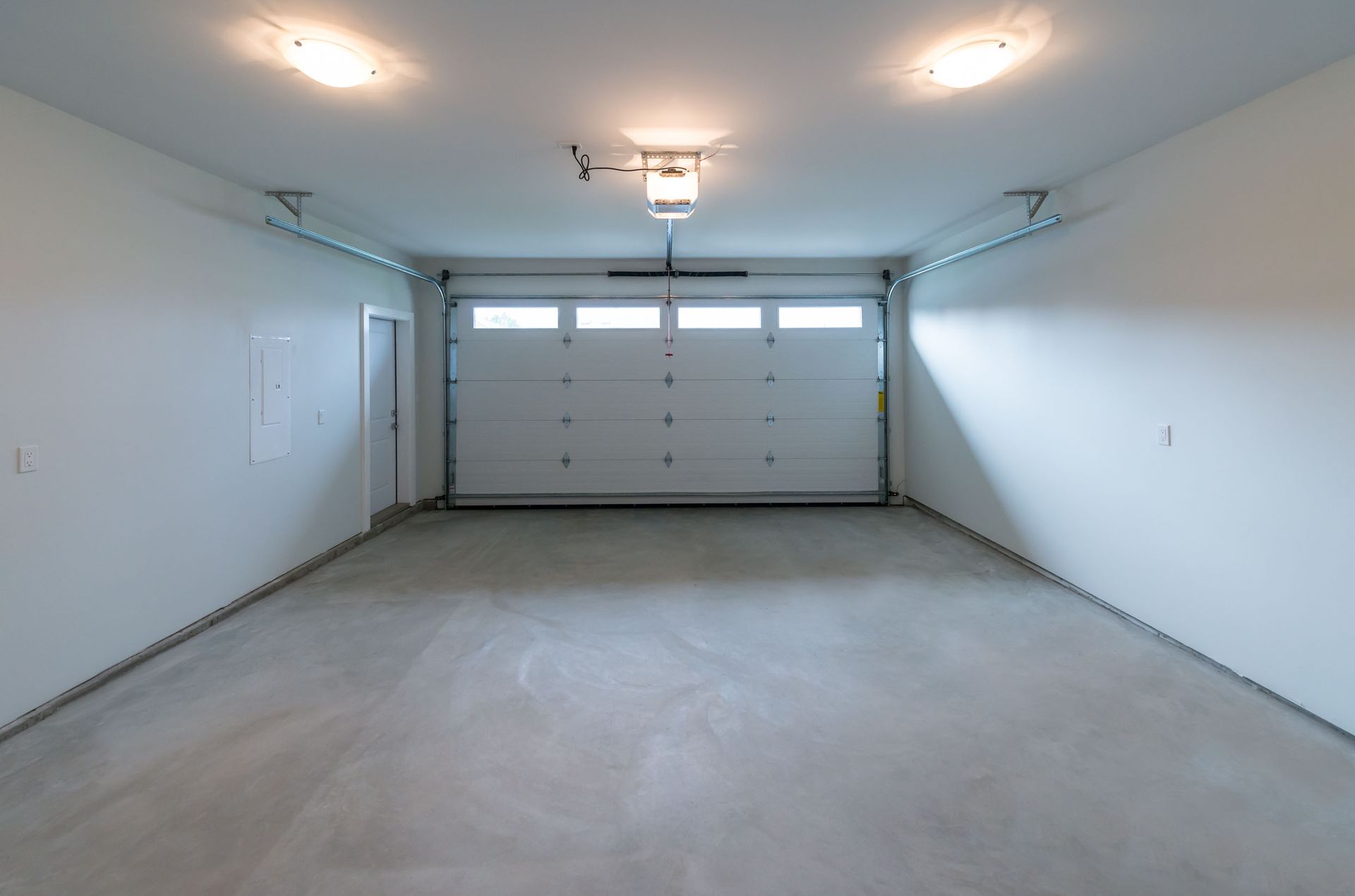


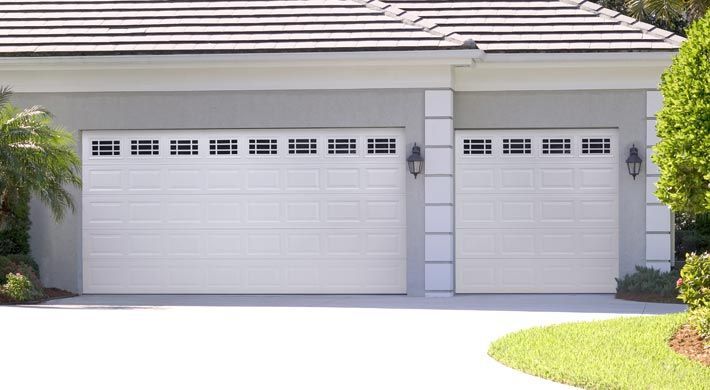
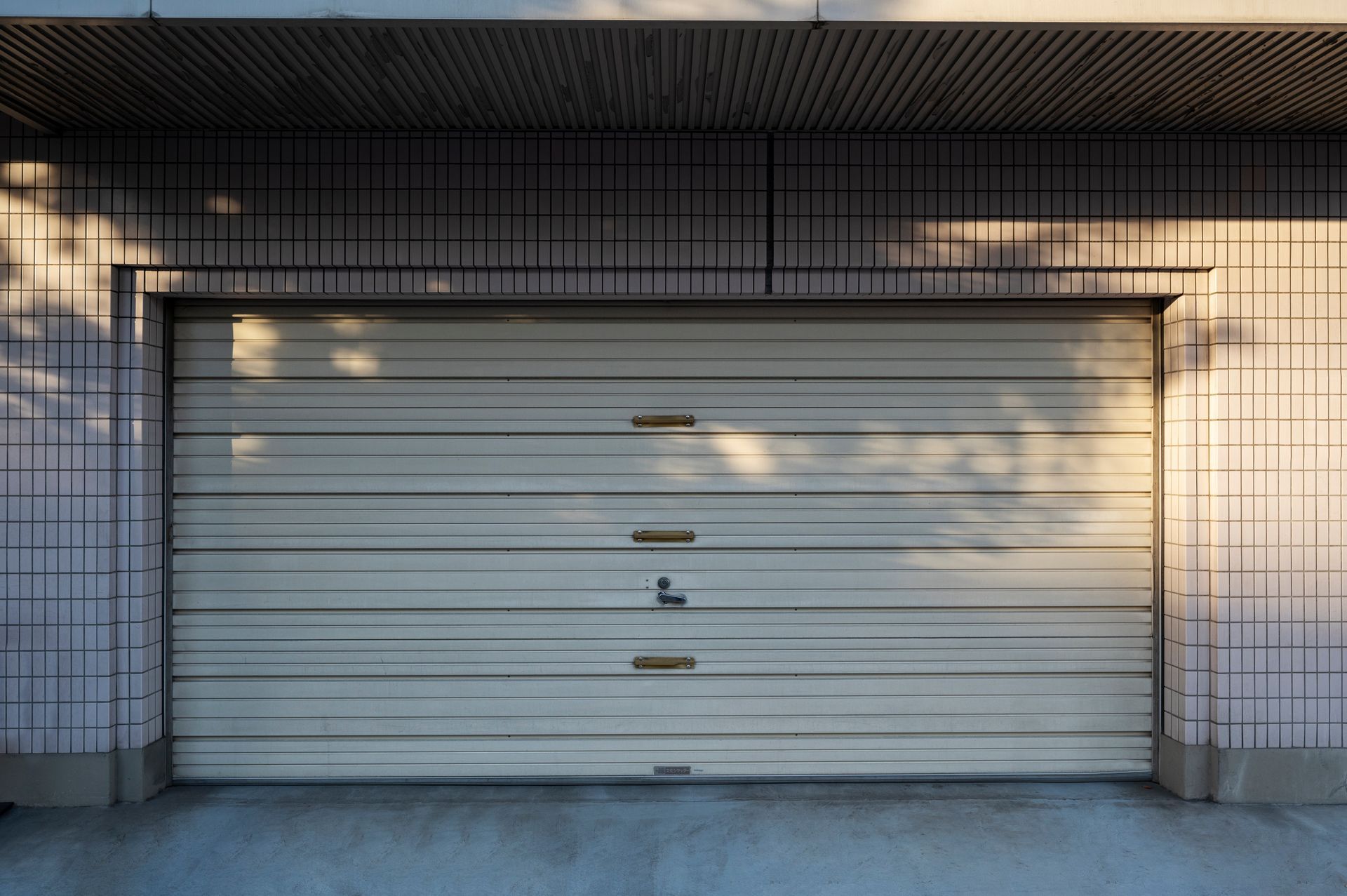
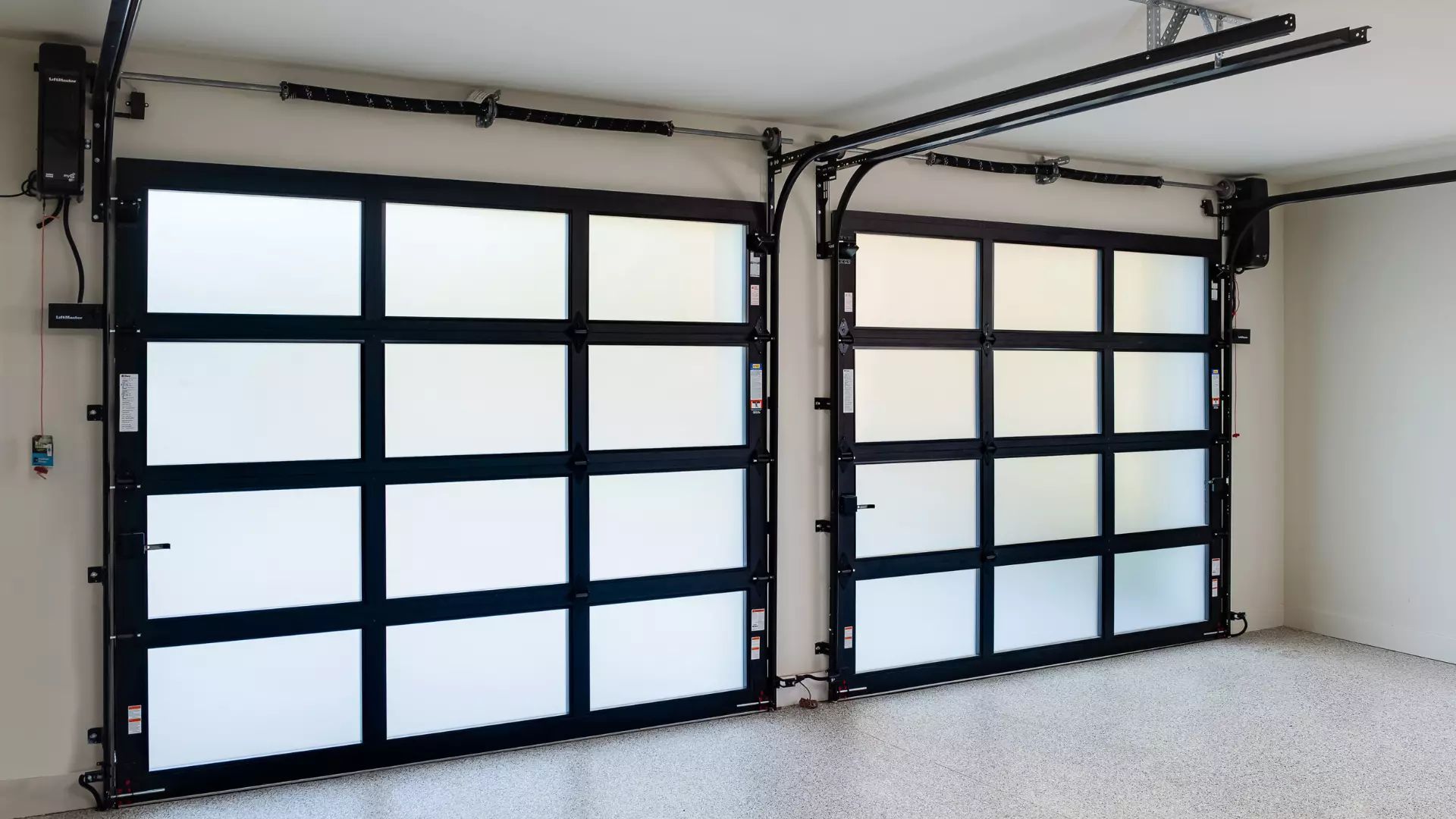
Share On: